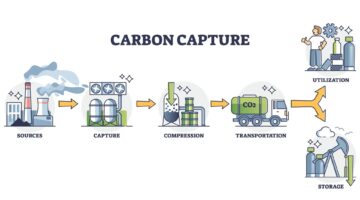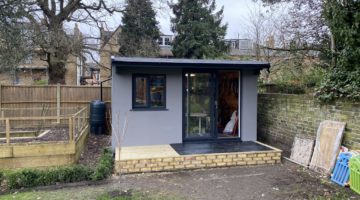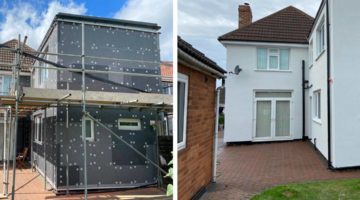
What is thermal comfort?
Thermal comfort is how warm you feel in your home. However, it is about more than just temperature, and there are many factors which affect it. These are as follows:
Air temperature
The temperature of the air around your body.
Radiant temperature
This is affected by the quantity and efficiency of heat sources in your property. If you have a radiator in every room, for instance, the thermal comfort will be high at least while they’re on.
Air velocity
Having a window open, or the presence of draughts inside your home, will affect how warm you feel. If there’s no breeze on a warm day, your thermal comfort will be decreased. Conversely, you’re trying to keep warm you’ll want to draught-proof. Here are some tips.
Humidity
Water vapour in the air can affect how hot or cool it feels.
Clothing insulation
The more clothing you’re wearing, the warmer your body becomes, meaning your thermal comfort will be less reliant on outside factors.
Metabolic heat
This one’s easy – the more we move around, the warmer we get. Thermal comfort varies from person to person – i.e older or disabled people, who move around less, might feel the cold more than active people.
Now that we have run through what exactly thermal comfort is, and the factors which affect it, here are a couple of the best ways to manage it.

Insulation is a great way to improve thermal comfort, as it slows heat transfer through building fabric. This means that once y0u have heated your home to a comfortable temperature, it is easier to keep it that way. There are several options as to the material you choose and where you decide to place it. Also, the thicker the insulation, the more effective it will be. The main types of insulation are:
Cavity wall insulation
Properties in the UK have either solid or cavity walls. If you have cavity walls, the chances are they have already been filled with insulation. It’s worth checking if you’re not sure, as it’s an inexpensive way to stop heat leaking through walls.
Loft insulation
This normally comes in rolls, and is installed either in joists or rafters, depending on whether you want a ‘warm’ or ‘cold’ loft. It’s effective, affordable and can be done yourself. Sheep wool insulation is a great choice, because the unique shape of its fibres helps regulates humidity, improving thermal comfort and discouraging damp.
Internal wall insulation
PIR board – but you lose room space. Recently, a new alternative was launched which gives great performance at smaller thicknesses.
External wall insulation
External wall insulation wraps your home in a protective coating and cuts heat lost through walls by up to 40%. It helps hold radiant heat in your home, meaning that money spent on heating isn’t wasted and thermal comfort increases.
All of these measures are worth considering to improve thermal comfort in your property as well as saving you money on bills.
Heating systems
How well your heating system works will dictate the radiant temperature of your home, and therefore be a major factor in thermal comfort. There are lots of ways to heat your home, and you can find out more about the different technologies here.
Our favourite form of heating is infrared panels. In terms of thermal comfort, infrared’s radiant heat is more effective than convection heating because it is not affected by air velocity. It heats objects and people directly, meaning that it’s really efficient and draughts do not affect the heat it gives off.












Wack up the heating!!
Hi Sam, yep that isn’t a bad idea 🙂
Although it might be expensive to do that, but it is certainly a very effective way of improving the thermal comfort of your home!
I think ,after building lean too extensions around my near metre thick old stone walled cart shed ,that having a big mass inside ,ie my walls ,act as an excellent buffer between extremes of temperature, to the extent it takes days now without heating before the house is `cold `. And as a side benefit the house is no longer at all damp ,ie salt and sugar stay `dry ` now . I’ve used straw bales for the new exterior walls and after twenty years they are still working great ,with the odd cold spot where I think rats were tunneling through.
Conventional building is a mess imo
What I am saying is that you should add `mass` as another in your list of options to improve the thermal condition of your home if possible.